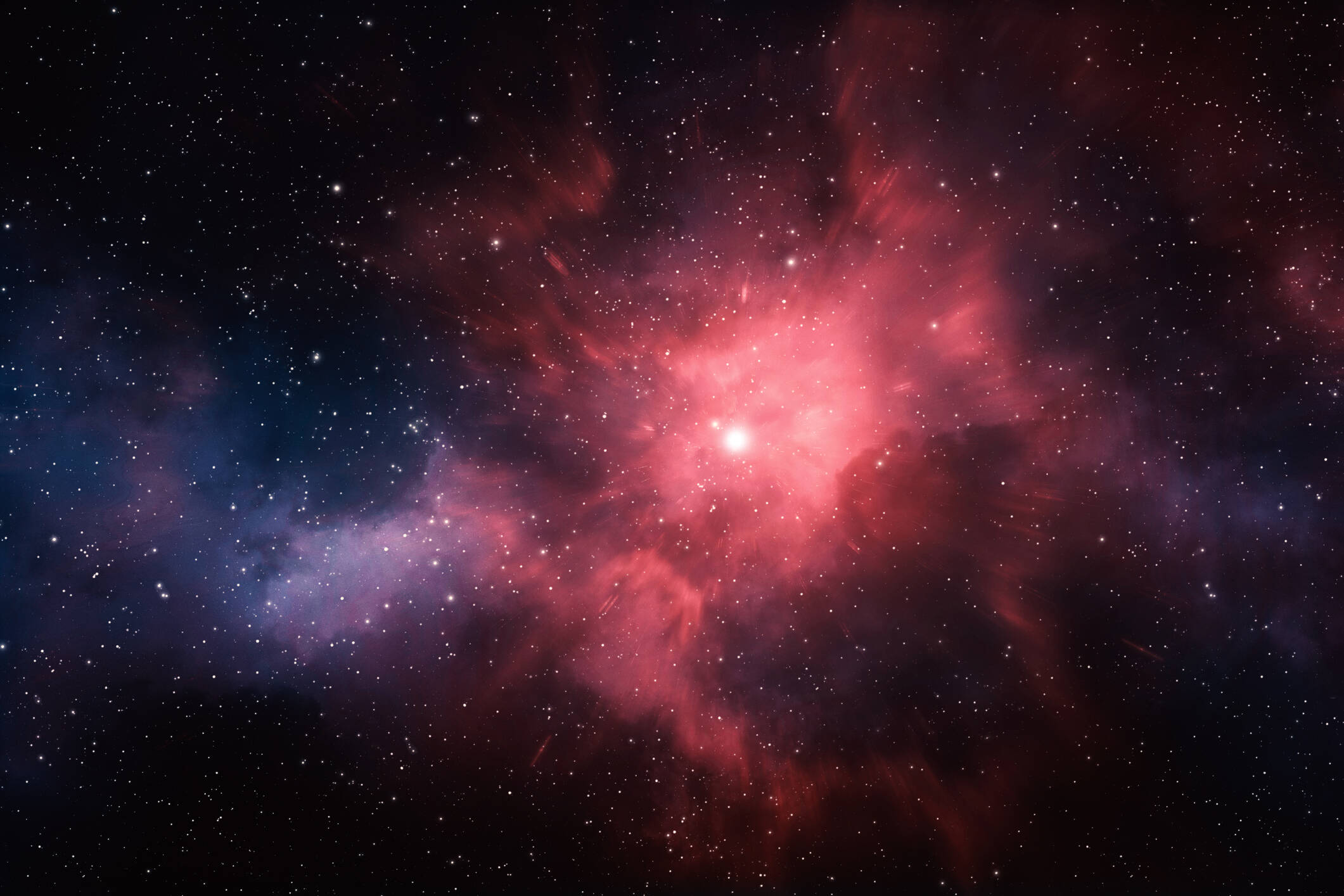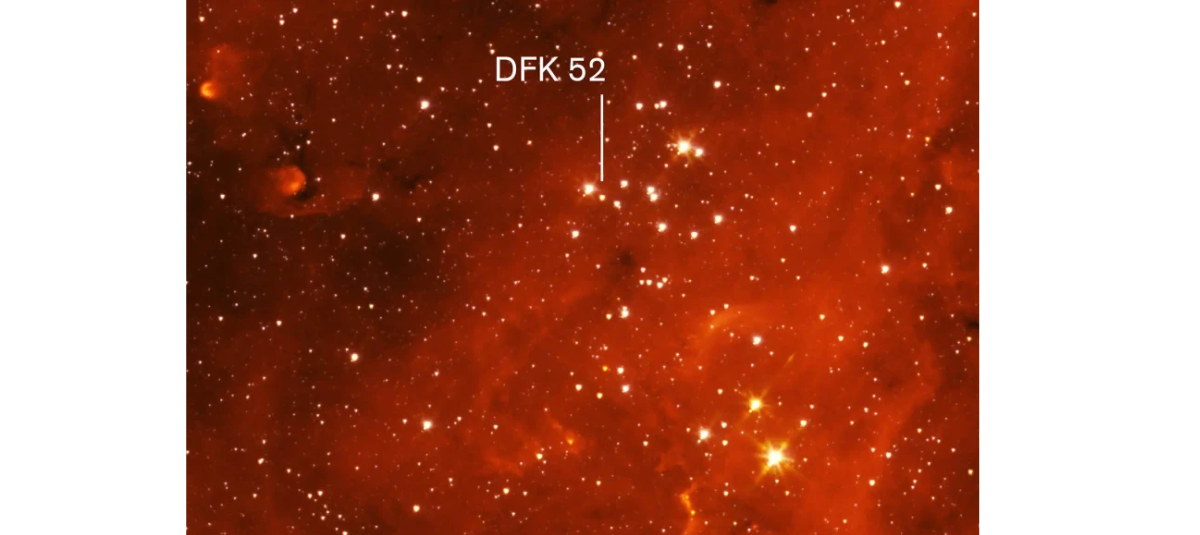A giant stellar bubble of solar mass that was extinguished 4,000 years ago in a mysterious eruption has been discovered.

An international team of astronomers has identified a vast, expanding bubble of gas and dust around the red supergiant star DFK 52, believed to be the largest such structure detected so far in the Milky Way.
The discovery was made through observations with the ALMA radio telescope in Chile and has been accepted for publication in the journal Astronomy and Astrophysics and is also available on the arXiv preprint server.
A stellar bubble with the mass of the Sun The observed bubble weighs about the same as the Sun and extends 1.4 light-years from the star , representing a dimension tens of thousands of times larger than the size of the Solar System. DFK 52, the object of the study, is a red supergiant star comparable to Betelgeuse, located in the constellation of Orion.
"We were very surprised by what ALMA showed us. The star is practically a twin of Betelgeuse, but it's surrounded by a vast, disordered bubble of material," explained Mark Siebert, research team leader from Chalmers University of Technology.

The structure was formed after a stellar eruption that occurred approximately 4,000 years ago. Photo: iStock
According to the analysis, this bubble may have formed following a stellar eruption that occurred approximately 4,000 years ago. ALMA observations measured the motion of molecules in the cloud, confirming that the bubble is currently expanding.
"The bubble is made of material that used to be part of the star. It must have been ejected in a dramatic event , an explosion, that happened about 4,000 years ago. In cosmic terms, that was just a moment ago ," noted Elvire De Beck, an astronomer also associated with the project at Chalmers.

The red supergiant star DFK 52 is a member of the Stephenson 2 star cluster. Photo: NASA.
One of the aspects that most intrigues astronomers is how DFK 52 managed to expel such a massive amount of mass without exploding as a supernova. Among the hypotheses being considered is the possible presence of an undetected companion star.
"It's a mystery to us how the star managed to eject so much material in such a short time. Perhaps, as appears to be the case with Betelgeuse, it has a companion star yet to be discovered," Siebert added.
A preview of the next galactic supernova? Red supergiants like DFK 52 are in an advanced phase of their stellar life and are expected to eventually explode as supernovae. Although there is no precise estimate, researchers consider it possible that this object could be one of the future supernovae visible from Earth.
"If it's a typical red supergiant, it could explode sometime in the next million years. We're planning further observations to understand what's happening and to find out if this could be the Milky Way's next supernova," De Beck concluded.
More news in EL TIEMPO *This content was rewritten with the assistance of artificial intelligence, based on information from Europa Press, and reviewed by the journalist and an editor.
eltiempo




